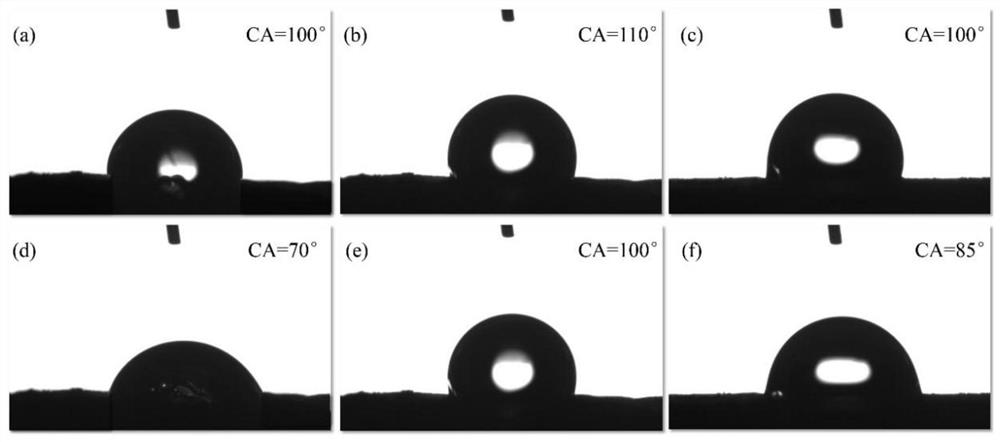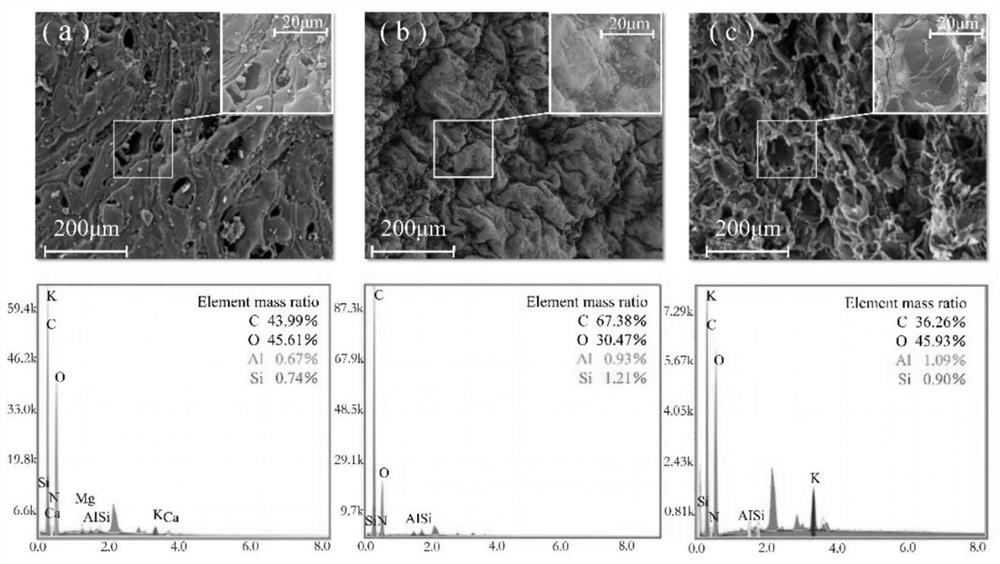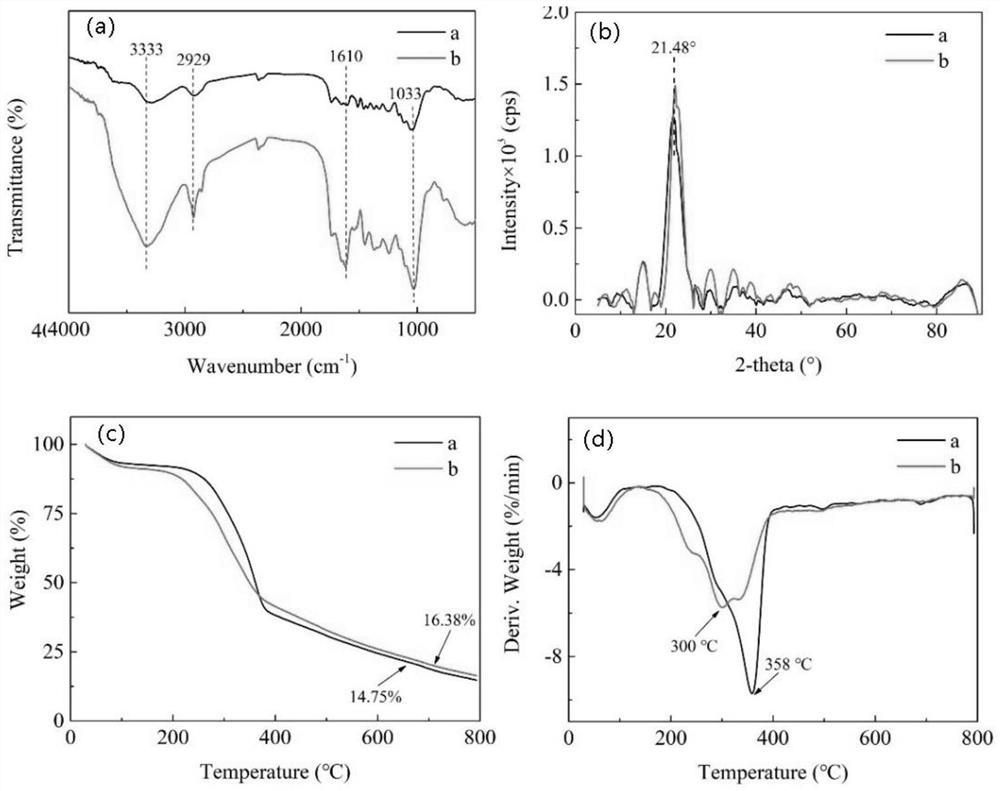Camellia-oleifera-based particle board and preparation method thereof
A particle board, camellia oleifera technology, applied in the manufacture of tools, flat products, other household appliances, etc., can solve the problems of unfavorable particle board industry development, increase board production costs, waste liquid recycling environment, etc., to reduce environmental pollution and The effect of processing procedures, improving production efficiency and reducing energy consumption
- Summary
- Abstract
- Description
- Claims
- Application Information
AI Technical Summary
Problems solved by technology
Method used
Image
Examples
Embodiment 1
[0041] A Camellia oleifera-based particle board according to an embodiment of the present invention, which is a sandwich-structured particle board formed by sequentially compounding a surface layer, a core layer and a surface layer. Wherein, both the surface layer and the core layer are formed by using camellia oleifera husk fragments and wood shavings as main raw materials, which are glued together by adding an adhesive; the adhesive adopts melamine-modified urea-formaldehyde resin adhesive.
[0042] The preparation method of the camellia oleifera-based particle board is as follows:
[0043] 1) adopt ring-type flaker to obtain powdery camellia oil husk fragments and massive wood shavings;
[0044]2) Dry the camellia oil husk fragments and wood shavings respectively through a drum type heat dryer until the moisture content is below 6%. The temperature of the feed inlet of the drum type heat dryer is set to 160° C. is 130°C;
Embodiment 2
[0061] A Camellia oleifera-based particle board according to an embodiment of the present invention. The preparation method of the Camellia oleifera-based particle board is roughly the same as that of Embodiment 1 of the present invention, and the only difference is that among the raw materials of the surface layer and the core layer, the camellia oleifera shell fragments account for Camellia oleifera husk scraps and wood shavings account for 30% of the total mass, while wood shavings account for 70% of the total mass of Camellia oleifera husk scraps and wood shavings.
[0062] The performance testing results of the camellia oleifera-based particle board prepared in this example are shown in Table 2.
PUM
 Login to View More
Login to View More Abstract
Description
Claims
Application Information
 Login to View More
Login to View More - R&D
- Intellectual Property
- Life Sciences
- Materials
- Tech Scout
- Unparalleled Data Quality
- Higher Quality Content
- 60% Fewer Hallucinations
Browse by: Latest US Patents, China's latest patents, Technical Efficacy Thesaurus, Application Domain, Technology Topic, Popular Technical Reports.
© 2025 PatSnap. All rights reserved.Legal|Privacy policy|Modern Slavery Act Transparency Statement|Sitemap|About US| Contact US: help@patsnap.com



